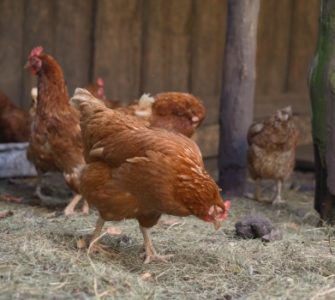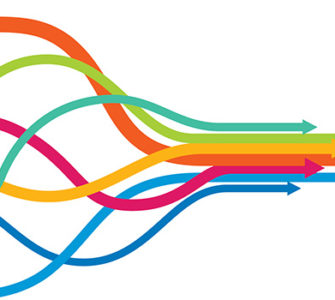Avian flu likely to re-emerge and threaten US poultry flocks this fall
US egg and turkey supplies took a hit from highly pathogenic avian influenza (HPAI) this spring as the wild-bird migration exposed domestic flocks to the virus. The risk subsided as temperatures warmed and migration ended. However, HPAI is a renewed threat this fall with cooler temperatures and returning migration, creating high stakes for poultry producers, according to a new report from CoBank.
The HPAI outbreak this spring was already a more severe shock to the domestic market than the 2014-15 outbreak, considered to be the largest in history. Much like in 2014-15, egg and turkey producers have been the hardest hit.
During the 2014-15 HPAI outbreak, US producers faced direct costs associated with euthanizing and depopulating 43.2 million laying hens and 7.3 million turkeys estimated at $1.6 billion. Add in the associated recovery costs and the total jumped to more than $3.3 billion.
With today’s high cost of feed, labor and other production inputs, Brian Earnest, lead animal-protein economist with CoBank, expects US producers will be slower to rebuild their flocks this time around. “A smaller national layer flock means a smaller egg supply in coming months, higher egg prices and fewer eggs consumed,” he said.
Already tight supplies
Poultry-product supplies this year were already tight from Covid-19 impacts and a strong consumer demand for animal-protein products. The added burden of HPAI reduced product supplies and tightened market conditions further, sending values skyrocketing. Table-egg prices tripled in several markets, and turkey breast meat rose to historic peaks.
In US turkey flocks, wholesale spot-market values for fresh tom breast meat surpassed $6.50 per pound in recent weeks, a level previously deemed unattainable, a CoBank release noted. Breast meat in cold storage dwindled to a low of just 43 million pounds in April, before safety stocks began rebuilding slightly in May.
For broiler production, the impact of HPAI in both 2015 and 2022 appears minimal.
The supply, demand and price pressures have extended into the global market as well. US poultry exports through June were up 19% year over year. For perspective, total US poultry exports in 2021 reached $5.9 billion, and the current pace of exports suggests the likelihood of reaching a record high in 2022, CoBank noted in a news release.
Exports stable, for now
Since the 2014-15 HPAI outbreak, US poultry production grew an average of 2% per year from 2016 to 2020, and reliance on exports has continued to climb, making foreign-market access vital for the US poultry industry. Certain poultry items like chicken paws and leg quarters are increasingly dependent on export markets, which raises US exporters’ vulnerability to trade restrictions that could result from future HPAI outbreaks.
For example, at the outset of the 2014 HPAI outbreak China immediately closed its borders to US poultry. Consequently, export-dependent leg-quarter prices fell by 50% between mid-2014 and mid-2015, according to CoBank. Chicken-paw prices fell by even more.
China’s markets would not reopen to US poultry until 2019, which occurred as a part of the US/China Phase-One trade deal. Today, HPAI-based trade restrictions have been limited, but that could change and the result would be devastating to US exporters and producers.
“Fortunately for US poultry exporters, the current world views on HPAI trade restrictions have relaxed since the last major outbreaks in 2014 and 2015,” Earnest said. “Rather than a blanket ban, trade partners set new restrictions at county, state or regional levels because outbreaks had become commonplace globally and, not coincidentally, because politicians across the globe were concerned about rapidly escalating food prices after Russia’s invasion of Ukraine.”
US broiler-meat exports in 2015 declined by nearly 1 billion pounds in response to HPAI, and dark-meat prices plunged. However, the impact on exports and prices is decidedly different this time, with markets appearing more favorable for US broiler meat. The current 12-month total is within 1% of export volume reported a year earlier, and the total for 2022 is on pace to exceed 2015 volume by more than 1 billion pounds.
“Still, with the stakes that much higher [today], it is even more crucial to producers, consumers and other entities throughout the value chain that the production stream is secure from the threat of animal disease,” the CoBank release stated.
Read the CoBank report, The HPAI Stakes are Higher This Time.
Posted on September 15, 2022

















